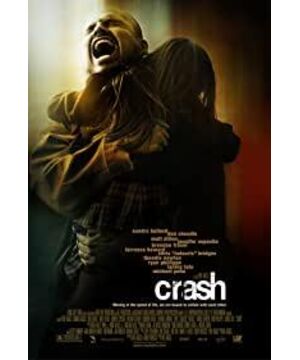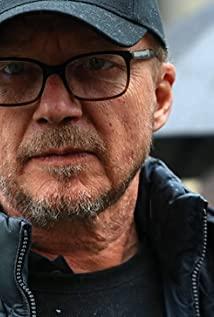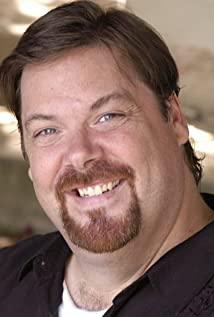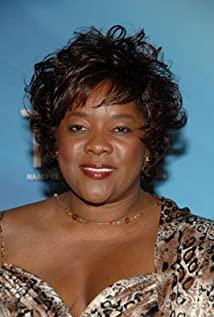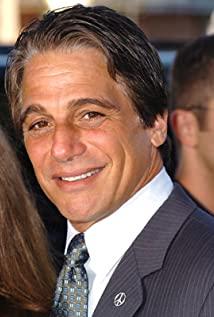With the development of the plot, the film more and more affects the hearts of the audience: Jane yelled hysterically to the innocent Mexican locksmith while frightened; Anthony drove the looted car and slammed his companions The racism of those white people...especially Daniel's little daughter, hugging her aggrieved father's neck and said tenderly, "Don't worry, father, I will protect you." That scene can not be forgotten in my heart for a long time, it is really impressive. Helpless and heartbroken.
Questions about race and interpersonal communication are still a lot of controversy. Haggis uses film language to reveal to people the origin of this terrible interpersonal relationship. In real life, people often become impulsive, paranoid and even vicious after suffering setbacks, pain, and injury. People will release the pressure accumulated in their hearts to another "weak person" who may be irrelevant, without considering the feelings of others.
The reason why Los Angeles is chosen as the background of the story is precisely because of the urban characteristics of Los Angeles. Multi-ethnic cultures collide with each other in this city, which is more likely to trigger new conflicts. To this day, ethnic issues still plague the residents of this city. In order to set off the ideological atmosphere in the film, director Haggis treated Los Angeles in the shot like a hell on earth. However, at the end of the film, among the fragments of cultural collision, the creator still left hope for the audience.
Haggis hopes that when the audience is watching this movie, they will not report the purpose of "escaping from life" to spend the nearly two hours. He hopes that people can check from their own hearts to see if they have a mentality similar to the one in the movie.
Heavy topics, coupled with limited filming costs, maybe "Crash" will soon be annihilated in the so-called "blockbuster" in the summer. But Haggis and the actors have done well enough, this is a film worth watching.
Behind the scenes hero
Haggis was born in London, England in 1953. He was interested in film and television art since he was a child. For this reason, he was admitted to an art school to study photography. With the dream of being a fashion photographer, he went to England for a year. After that, he returned to Canada and entered the film school to continue his studies. At that time, Haggis tried to write a script while helping his father who was engaged in road construction. At the age of 19, he completed his debut and put it on the stage of the local theater. Although the response was mediocre, the play confirmed Haggis' ideals in life. A few years later, at the age of 22, he left his hometown and came to Hollywood with his dream of a playwright.
The days when he first arrived in Hollywood were very difficult. While working as a furniture mover, he worked as an indoor photographer in a department store at the same time, and he had to attend classes at night. After 3 years of struggle, Haggis finally ushered in a turning point in his life. Once, when he met a screenwriter who was in urgent need of a partner, he offered to help write the script. He didn't even ask for payment, and only got a big chair that his colleague got from the Christian Salvation Army. However, Haggis' talent was appreciated by the producers of the play, and he began his career as a playwright. To this day, the big chair is still in Haggis's bedroom as a memorial to the turning point in his career.
Since then, Haggis began to emerge in the field of TV dramas. He has created many excellent TV works and won two Emmy Awards. Next, Haggis made a more challenging decision-to create a movie script. Haggis successively created film scripts such as "The Promise in the South", "EZ Street", and "The Law of the Family", which established his position in the film industry. Most of his works are based on small characters, focusing on the cruelty of real life and the dark side of human nature.
This year, "Million Dollar Baby", which was adapted and written by Haggis, won a big win at the 77th Oscars Gala, which made Haggis even more famous. In the filming of "Crash", Haggis personally sat in the position of the director to show the audience his superb film handling techniques. In addition, he will join hands with Eastwood again to create a film "Fathers' Flags" on the theme of the Battle of Iwo Jima in World War II.
Director's Voice
"I have lived and worked in Los Angeles for more than 25 years. Like all people who have lived in an urban environment for the same length of time, I think I will pay attention to and care about issues related to race and class. One night, when When I just walked out of the video rental store next door to my house, I found that there was a black hole in front of me. I didn’t know that person. From a certain point of view, we might have never involved each other in our lives. The world, but now the facts are in front of me. After that incident, I began to pay attention to the life of the person who attacked me, and I was strongly aware of how'one-sided' my life was. I didn’t I have cared about people or things that are not in my life. After 9/11, this topic became more urgent for me, so I started writing, and finally finished the script of "Crash".
I created and The purpose of shooting this film is to explore topics related to the relationship between people. I have no intention of offending some people or provoke any disputes because of this. I just want to express my views on this issue through this film. Views. Movies are such a wonderful tool that allows you to appreciate the mental journey of strangers. I hope that after watching this movie, the audience will not only perceive the problems I pointed out, but more importantly, be able to Promote people to share your love." --Paul Haggis
View more about Crash reviews


